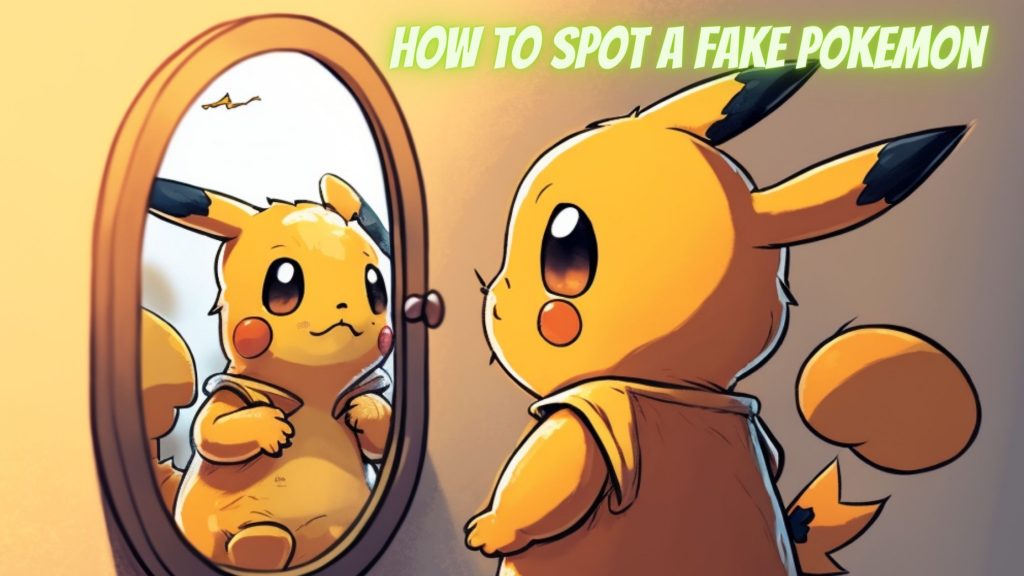
How to spot a fake Pokemon card.
Pokemon cards have been a beloved collectible and trading card game for over two decades, with millions of fans all over the world. The popularity of Pokemon cards has only increased over the years, with new sets and editions being released regularly. Whether it’s for the love of the iconic creatures, the thrill of the game, or the nostalgia of childhood memories, Pokemon cards continue to captivate people of all ages. The Pokemon Company has created an extensive universe of creatures, with each card featuring unique designs and abilities, making them highly sought after by collectors and players alike. Whether you’re a seasoned player or a new fan, the world of Pokemon cards is full of excitement, challenge, and endless possibilities.
As Pokemon cards have become increasingly popular and valuable, the market has become flooded with fake or counterfeit cards. It’s important to be able to distinguish the real from the fake, as fake cards not only take away from the value and authenticity of your collection but can also ruin the experience of playing the game. Here are a few tips to help you spot fake Pokemon cards:
- Check the card’s text and font: The text and font on an authentic Pokemon card should be crisp and clear. Fake cards often have misaligned or blurry text. Pay attention to the card’s number, name, and type, and make sure they match the information on the Pokemon company’s official website.
- Look for holographic images: Many rare Pokemon cards have a holographic image on the front. Make sure that the image is not peeling or scratched and is fully visible from all angles. If the holographic image appears dull or flat, it is likely a fake.
- Verify the card’s rarity: Each Pokemon card has a symbol indicating its rarity, such as common, uncommon, rare, etc. Make sure that the card’s rarity symbol matches the information on the Pokemon company’s official website. If the rarity symbol appears to be missing or incorrect, it could be a fake.
- Inspect the card’s edges: Authentic Pokemon cards have smooth edges and have a thin black line in between both sides, while fake cards often have rough or frayed edges and are solid white. Additionally, the print quality on the card’s edges should be consistent with the rest of the card.
- Check the card’s back design: The back design of authentic Pokemon cards will be consistent, while fake cards often have mismatched or inconsistent designs. Additionally, you can compare the card’s back design with images of authentic cards available on the Pokemon company’s website.
Cards with holofoil patterns are in high demand and therefore, often subject to counterfeiting efforts. However, experienced individuals can quickly spot fake cards by their incorrect foiling techniques. One easy way to identify a fake card is to shine a flashlight on the back of it. If the light is able to pass through the card, it is likely not authentic.
By following these tips, you can help ensure that your Pokemon card collection is authentic and of the highest quality. Happy collecting!
